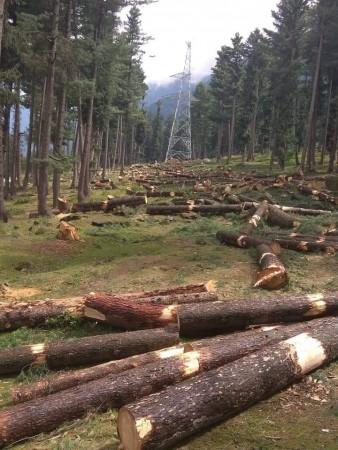We all must have heard and supported the Chipko movement, but what inspired it was the inspiring tale of Bishnoi village of Khejarli. Each year, September 11 is observed as National Forest Martyrs Day, in a bid to pay tribute to the people who made the ultimate sacrifice to protect forests, jungles and wildlife of India.
Poaching, smuggling, robbery, animal hunting, and illegal trade are some of the nuisances faced by forest rangers and workers on a regular basis. National Forest Martyrs Day recognises the efforts of forest rangers and those who work to protect wildlife.

National Forest Martyrs Day
National Forest Martyrs Day was officially declared in 2013. The day is celebrated on September 11, commemorating the anniversary of the Khejarli Massacre in 1730.
Maharaja Abhay Singh of Rajasthan had ordered his soldiers to cut down trees in Khejarli village as he required woods for his palace. The people of the Bishnoi community living in the village consider trees as sacred, and then protested when they saw the trees being cut.
A woman named Amrita Devi protested the cutting of the trees and is believed to have placed her head in place of the tree. Many people, including Devi's children, were killed as they were trying to save the trees. It is believed more than 350 were killed by the soldiers of the Maharaja.

As the adverse incident reached the King, he ordered to seize the killing and ordered the trees from being cut down. He pardoned the Bishnoi community and proclaimed that along with the trees, not a single animal would be killed in the areas surrounded by the Bishnoi community.
The 1730 massacre went down in the history as a significant event. It served as an inspiration to many activists and movements, including the Chipko movement, where villagers would hug trees to save them from felling.














